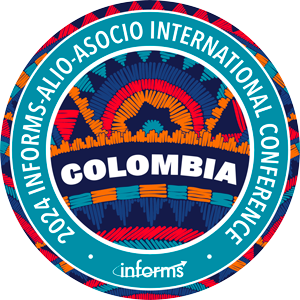Plenary Speakers
Monday, June 17
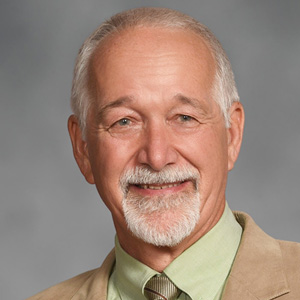
Tamás Terlaky
70 and 40 Years of Interior Point Methods (IPMs)
70 years ago, in 1954, Ragnar Frish proposed a “Logarithmic Potential Method” to solve Linear Optimization (LO) problems, and he also extended the methodology to solve convex optimization problems. In 1969, Fiacco and McCormick studied and expanded the logarithmic barrier methodology as SUMT: Sequential Unconstrained Minimization Technique. The modern age of polynomial time IPMs has been launched by Karmarkar’s 1984 paper. In the past four decades, IPMs transformed the way we think of optimization; expanded the scope of efficiently solvable optimization problems from linear to smooth-convex and conic LO. The powerful methodology of IPMs impacted most areas of optimization, including general nonlinear and combinatorial optimization, and most recently quantum computing optimization. This talk reviews the major milestones of the 7 decades of the Interior Point Revolution.
Tuesday, June 18
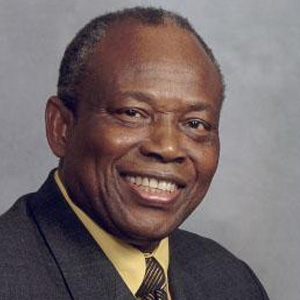
Augustine O. Esogbue
Dynamic Programming, A Guided Tour: From Curse to Computational Intelligence, to Learning and Control
Wednesday, June 19
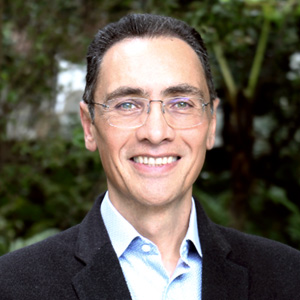
Andrés Medaglia
A (Not So) Shortest Path: Models, Solutions, and Applications
Shortest path structures are behind the solution of hard combinatorial problems in transportation and logistics (and beyond). This talk covers a personal journey on modeling shortest path problems, devising solution techniques, and unveiling embedded network structures that have opened the door for tackling pressing sustainability challenges.
Keynote Speakers
Monday, June 17
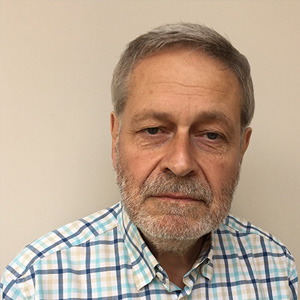
Robert Ashford
Optimization: Past, Present and Future
Optimization, particularly in the form of linear programming and mixed integer programming, has emerged as the most powerful and widely-used tool in the field of Operations Research. Its applications span across virtually all industries and enterprises, revolutionizing decision-making processes and driving operational efficiency. This talk explores the essence of optimization and its practical applications, tracing the evolution of software and solution methods from their early beginnings to the present day. It highlights the significant advancements brought about by new mathematical methods and hardware developments. It goes on to look at cutting edge technologies using the latest multi-threaded hardware which push the envelope of applications today. The talk concludes by discussing their likely future development and the impact of Big Data and AI.
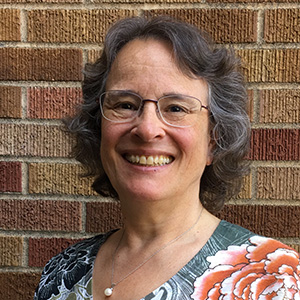
Zelda Zabinsky
Insights Into Scalable Black-box Global Optimization
Optimization algorithms are addressing large-scale problems, with millions of variables that have complex interactions. Machine learning is creating models from huge data sets and large numbers of model parameters and hyper-parameters. How is this possible? A key issue is how to dynamically allocate computational effort efficiently in the search for the global optimum. This talk will provide some insights into how to adapt sampling distributions to achieve desirable performance in high dimensions. It will summarize finite-time analyses of adaptive random search methods to shed some light on important features of scalable algorithms. New results on the use of partitioning the domain to address heterogeneity of the response with the use of surrogate modeling, e.g., Gaussian processes, will be presented. The finite-time analyses provide an interpretation of the balance between exploration and exploitation while maintaining scalable algorithms.
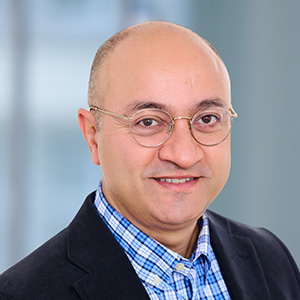
Tarkan Tan
Collaborate for Good: Orchestrating Sustainability in Supply Chains
Firms are under increasing pressure from their stakeholders to adopt sustainability measures. However, the risks and opportunities associated with sustainability go beyond a firm’s own operations and extend to their supply chain partners. In this talk, we will explore ways in which firms can enhance sustainability in their supply chains through collaboration.
Tuesday, June 18
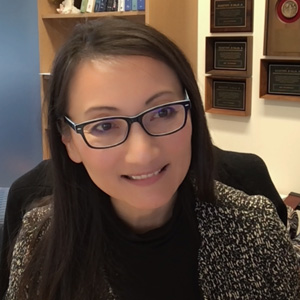
Yuehwern Yih
Beyond Topics: Engineering Change
How can we, as academic researchers, contribute to policies, practices, or support communities in need? Join us as we discuss how we could expand our current research practices and knowledge to shorten the pathway of research to impact, and share a personal journey in translational research, and the lessons learned. In this talk, we will reveal the ERT (Embedded Research Translation) framework to narrow the gap between research and real-world applications, synthesizing insights from 50 research projects across 21 countries, funded by the US Agency for International Development. The ERT framework was designed to source academic research to support evidence-based policymaking, practices, and funding priorities in advancing United Nations Sustainable Development Goals, such as no poverty, zero hunger, and good health.
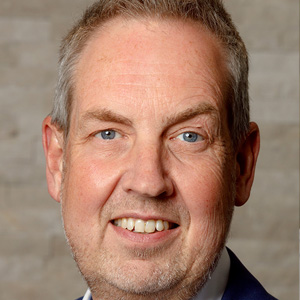
Jan C. Fransoo
Retail Operations in Emerging Markets: Digital Transformation of the Traditional Retail Channel
Across emerging markets, 50 million nanostores – of which 5 million in Latin America – serve about 4 billion consumers with their daily groceries. Collectively, they are the largest client of many multinational manufacturers of consumer-packaged goods. These mom-and-pop operated stores are undergoing a multi-faceted digital transformation, that has the power to improve the livelihoods of millions of shopkeepers and to increase the access to affordable food for billions of consumers.
In his talk, Professor Fransoo will present recent research findings of empirical and model-based work that help understanding the operational dynamics and strategic performance of the channel, and outline further research opportunities for both empirical and model-based researchers across Latin America.
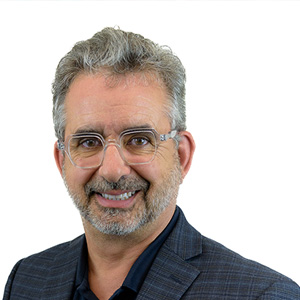
Benoit Montreuil
Hyperconnecting Supply Chain and Logistics Ecosystems to Enable and Leverage the Physical Internet
The emerging Physical Internet enables reframing supply chain and logistic ecosystems to address concurrent global challenges toward higher efficiency, equitability, resilience, responsiveness, scalability, security, and sustainability in a world that is evolving fast in terms of technological capabilities and is becoming ever more complex, prone to disruptions, volatile, and uncertain.
Enabling and leveraging the Physical Internet requires transformative decisions and actions about hyperconnecting supply, manufacturing, logistics, and transportation networks and operations to ease open resource sharing and flow consolidation at grand scope and scale. Building on collaborations with academic, business, and public partners, we present novel streams of Physical Internet research opening ways for this community to have major academic, economic, environmental, and societal impact.
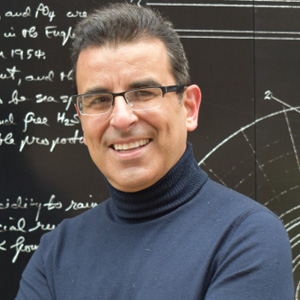
Saif Benjaafar
Operations in the Age of the Sharing Economy: What is Old and What is New?
The sharing economy – a term we use to refer to business models built around on-demand access to products and services mediated by online platforms that match many small suppliers or service providers to many small buyers – has emerged as an important area of study in operations. We first describe three “canonical” applications that have garnered much attention from the operations community: (1) peer-to-peer resource sharing, (2) on-demand service platforms, and (3) on-demand rental networks. We use these applications to highlight distinguishing features of sharing economy business models and to point out research questions that are new. For each application, we describe our attempt at addressing some of these questions. We conclude by drawing connections between classical operations theory/models and theory/models that have been used to study sharing economy applications.
Wednesday, June 19
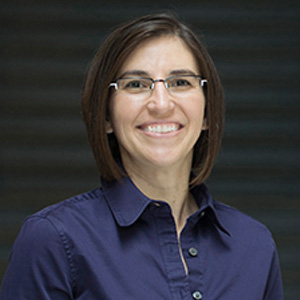
Dionne Aleman
Pandemic Planning from A (agent-based simulation) to V (vaccine prioritization)
During COVID-19, numerous operations research tools to evaluate public policies emerged. This presentation covers experiences working with Newfoundland and Labrador (Canada), and changes to usual O.R. processes needed for real-world implementation and communication with nontechnical decision-makers.
